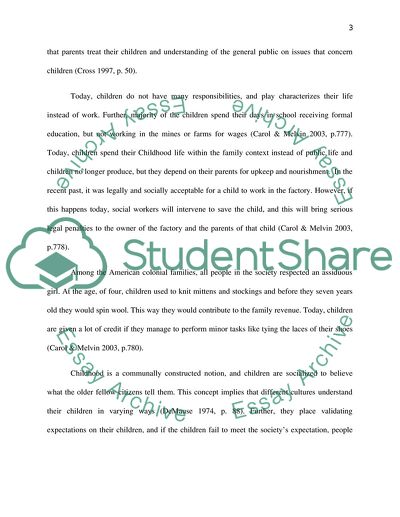Cite this document
(“Are experiences of childhood culturally unique Essay”, n.d.)
Retrieved from https://studentshare.org/anthropology/1592420-are-experiences-of-childhood-culturally-unique
Retrieved from https://studentshare.org/anthropology/1592420-are-experiences-of-childhood-culturally-unique
(Are Experiences of Childhood Culturally Unique Essay)
https://studentshare.org/anthropology/1592420-are-experiences-of-childhood-culturally-unique.
https://studentshare.org/anthropology/1592420-are-experiences-of-childhood-culturally-unique.
“Are Experiences of Childhood Culturally Unique Essay”, n.d. https://studentshare.org/anthropology/1592420-are-experiences-of-childhood-culturally-unique.


